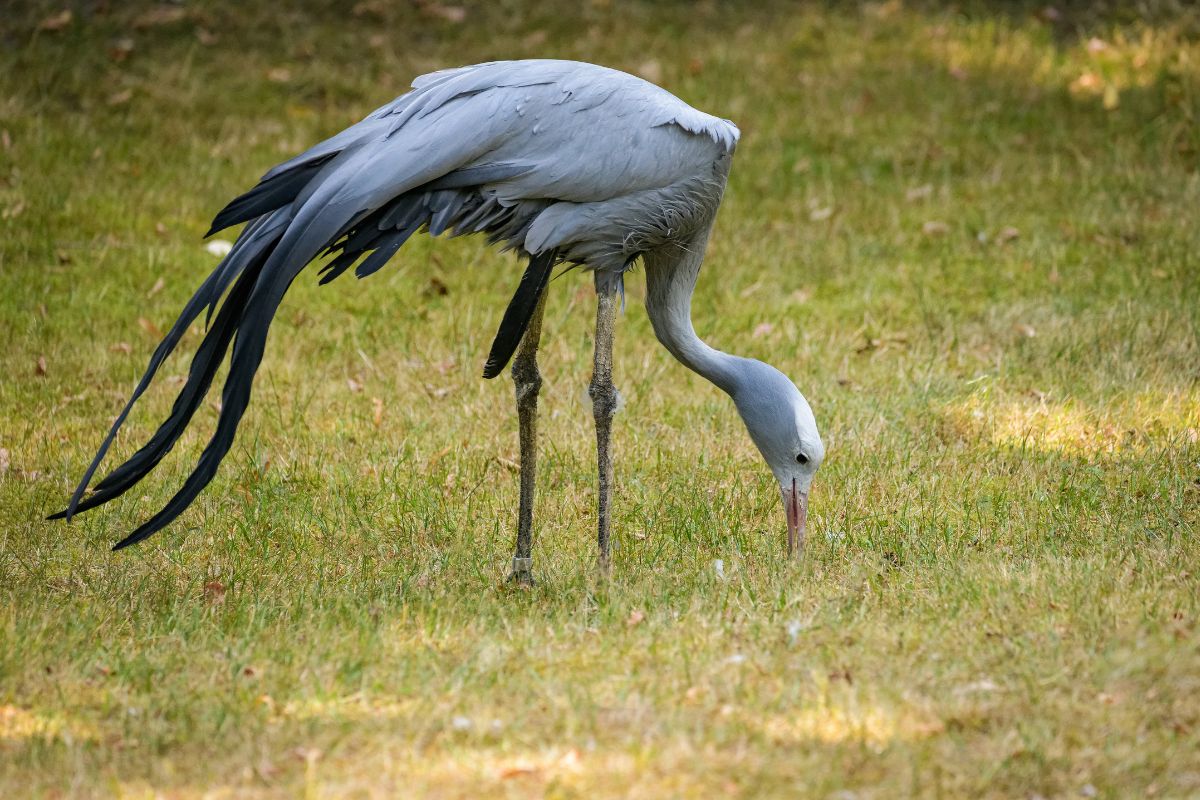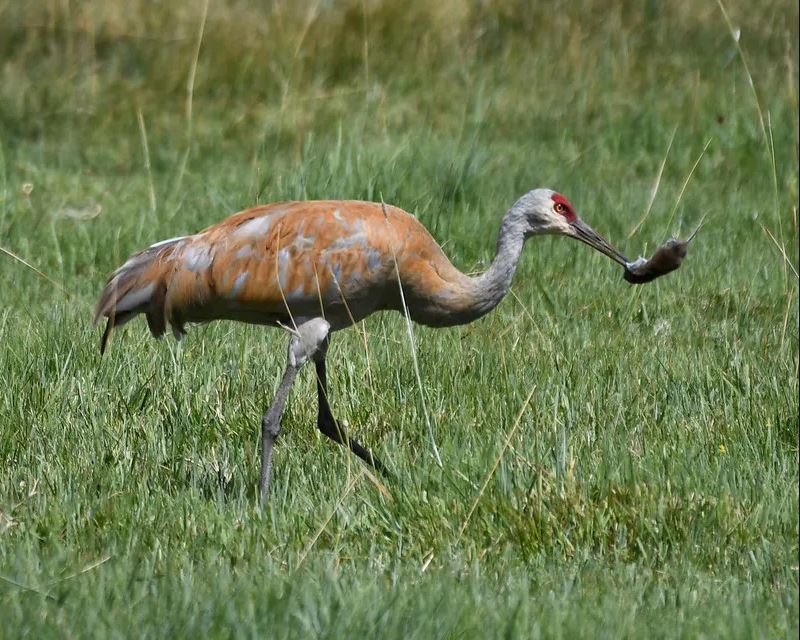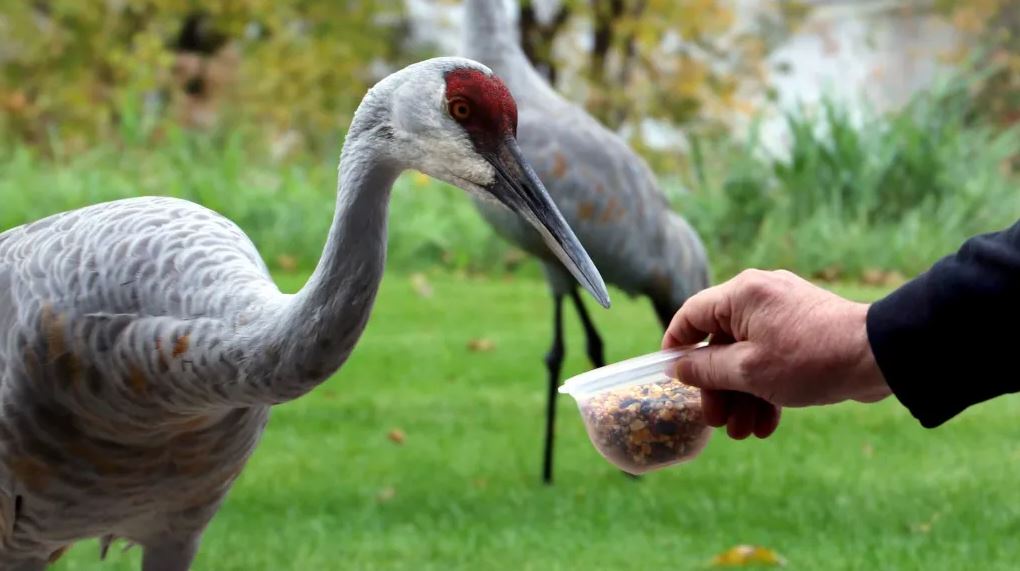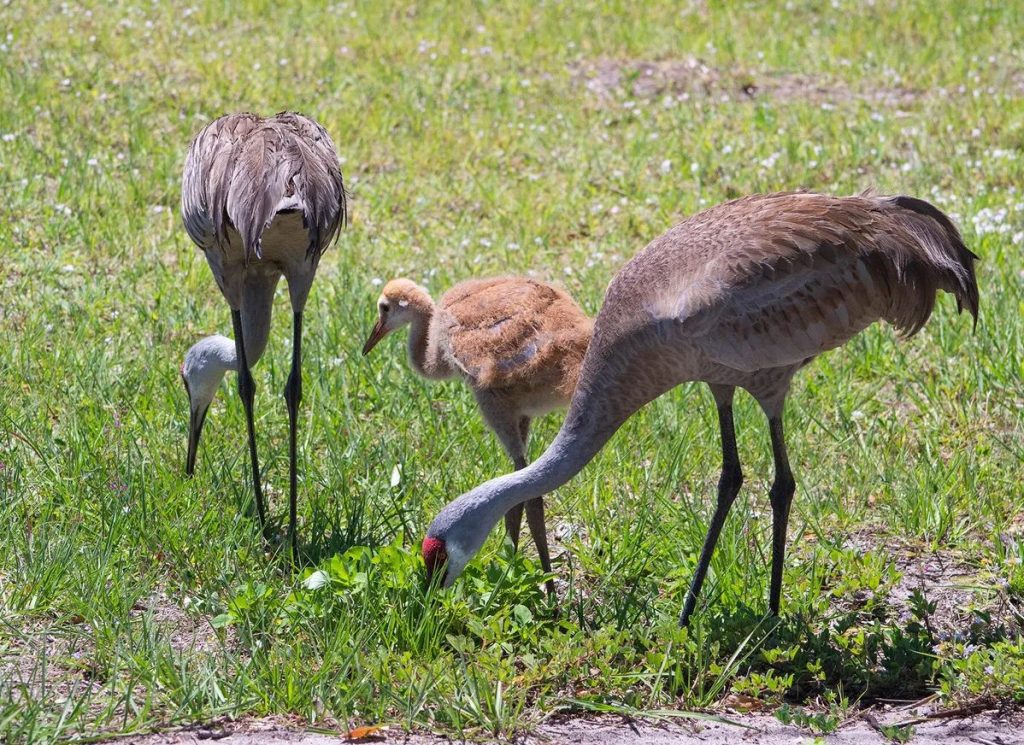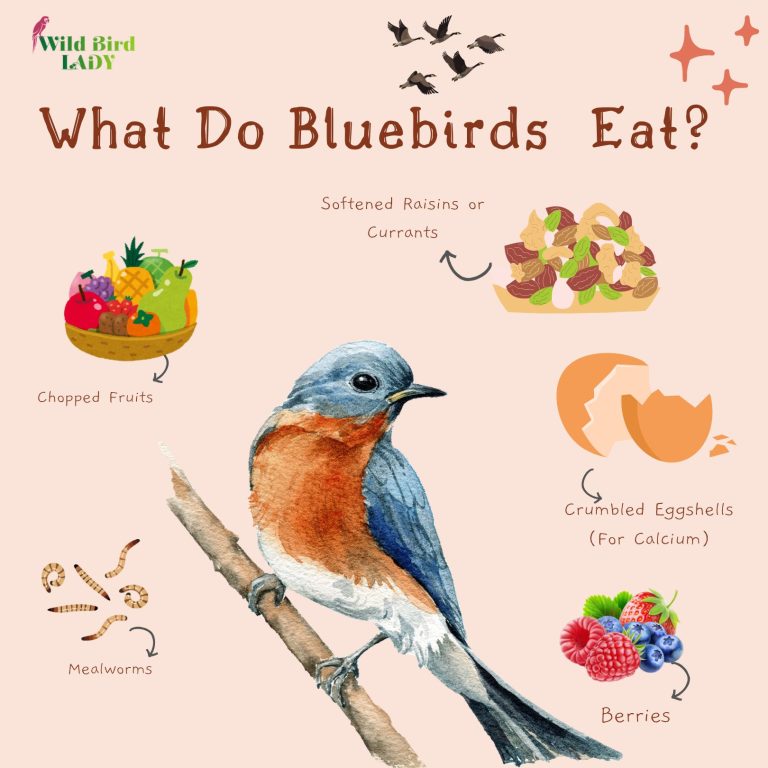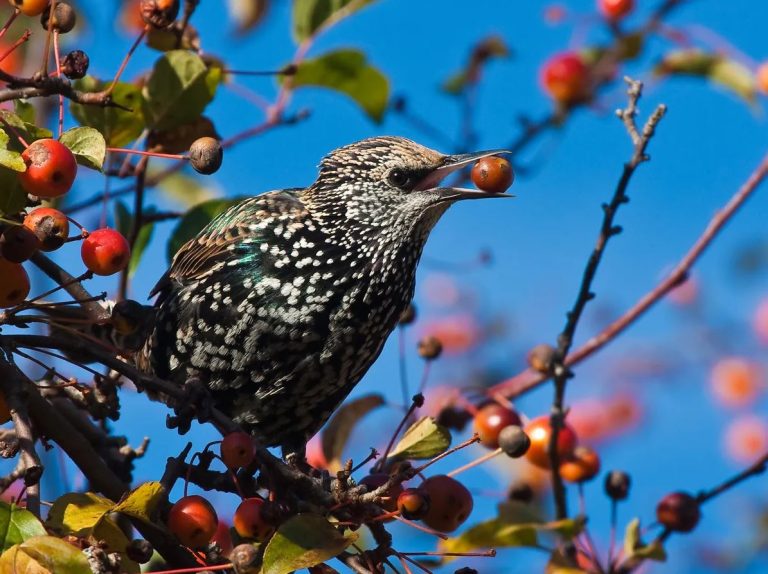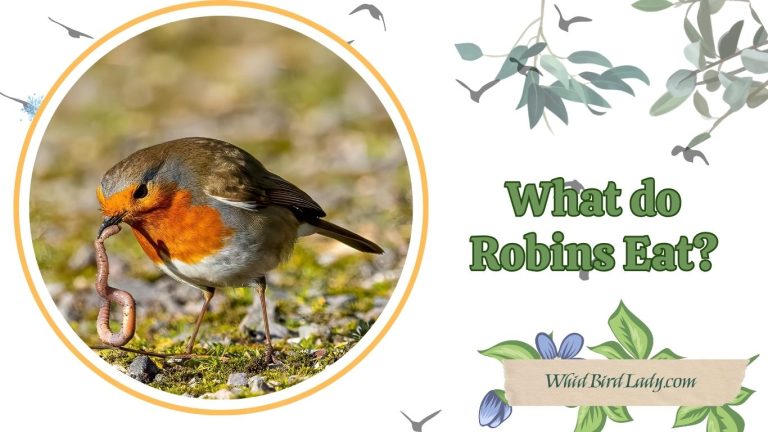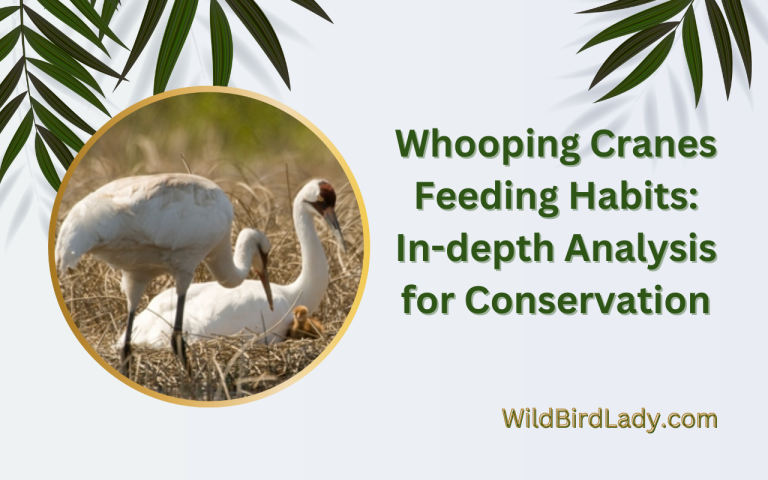What Do Cranes Eat in the Wild vs. Captivity? A Complete Feeding Guide
Cranes, known for their majestic beauty and graceful movements, inhabit various environments around the globe. Understanding what cranes eat, both in the wild and in captivity, is essential for bird enthusiasts, conservationists, and zookeepers alike. This comprehensive guide explores crane food habits, detailing their natural diets and the dietary requirements necessary to maintain their health when in human care.
What Do Cranes Eat in the Wild?
In their natural habitats, cranes exhibit omnivorous feeding behaviors, eating a wide variety of foods based on seasonal availability and geographical location.
Plant-Based Foods
Cranes primarily consume plants, including:
- Seeds and Grains: Cranes frequently forage for seeds from grasses, grains, and aquatic plants. Seeds offer essential nutrients and energy, especially during migration seasons.
- Tubers and Roots: Species like the Sandhill Crane dig into the soil or mud to extract nutritious tubers and roots, vital for survival during harsh conditions.
- Berries and Fruits: In regions rich with fruit-bearing plants, cranes include berries and fruits in their diet.
Animal-Based Foods
In addition to plant matter, cranes actively hunt and feed on various animals, including:
- Insects and Worms: Protein-rich insects such as grasshoppers, beetles, and earthworms constitute an essential part of a crane’s diet, especially for juvenile cranes needing ample protein for growth.
- Small Amphibians and Reptiles: Frogs, salamanders, and small snakes serve as important food sources for cranes, providing nutrients crucial for breeding and overall health.
- Fish and Crustaceans: Aquatic cranes, such as the Whooping Crane, primarily feed on fish, shrimp, and other crustaceans found in marshes and wetlands.
According to the International Crane Foundation, cranes adapt their diets based on seasonal availability, making them opportunistic feeders (source: International Crane Foundation).
What Do Cranes Eat in Captivity?
In captivity, providing cranes with diets that replicate their natural nutritional intake is crucial. Captive diets focus on balanced nutrition to ensure health, longevity, and reproductive success.
Commercial Crane Diets
Most zoological parks and conservation centers rely on specially formulated crane diets designed by avian nutritionists. These diets typically include:
- Specialized Crane Pellets: Nutritionally balanced pellets containing proteins, vitamins, minerals, and fiber.
- Grains and Seeds: Supplementary grains like corn, wheat, barley, and millet, mirroring their natural seed diet.
Fresh Foods and Supplements
To mimic their wild dietary patterns closely, fresh foods are added, such as:
- Vegetables and Fruits: Cranes receive leafy greens, carrots, sweet potatoes, berries, and apples to provide essential vitamins and dietary fiber.
- Live and Frozen Protein Sources: Mealworms, crickets, small fish, and shrimp serve as protein-rich supplements, crucial for muscle development and breeding condition.
The San Diego Zoo emphasizes providing cranes with enrichment feeding techniques, including scattered and hidden foods, to encourage natural foraging behavior (source: San Diego Zoo Wildlife Alliance).
Differences Between Wild and Captive Diets
While captive diets attempt to replicate natural feeding habits, there are notable differences:
- Diversity and Availability: Wild cranes have access to diverse seasonal foods, while captive cranes have limited food options but benefit from consistent nutritional availability.
- Feeding Behavior: In the wild, cranes spend significant time foraging, contributing to physical and mental health. In captivity, enrichment feeding methods are essential to simulate this behavior.
- Nutritional Control: Captive diets offer controlled nutritional content, ensuring cranes receive precise nutrients essential for their health, something that is unpredictable in the wild.
Nutritional Requirements of Cranes
Understanding the dietary needs of cranes is critical in both wild and captive settings.
Essential Nutrients
- Protein: Essential for muscle growth, feather maintenance, and reproductive success. Sources include insects, fish, and amphibians.
- Carbohydrates: Provide energy necessary for daily activities and migration. Seeds and grains are primary carbohydrate sources.
- Vitamins and Minerals: Crucial for immunity, skeletal development, and overall physiological functions, commonly derived from a mixed diet of plants and animals.
Special Dietary Considerations
- Breeding Season: Cranes require increased protein and calcium during breeding seasons to support egg production and chick rearing.
- Migration: Migrating cranes increase carbohydrate intake to accumulate energy reserves.
Common Feeding Challenges in Captivity
Maintaining cranes in captivity involves addressing specific feeding challenges:
- Obesity: Due to reduced activity levels, captive cranes risk becoming overweight. Diet control and physical enrichment mitigate this issue.
- Selective Feeding: Cranes may prefer certain foods, causing nutritional imbalances. Diverse and balanced feeding helps prevent this.
- Nutrient Deficiencies: Regular dietary assessments and supplements are necessary to avoid deficiencies in vitamins and minerals critical for health and reproductive success.
Practical Tips for Feeding Cranes in Captivity
For optimal crane care, zookeepers and bird enthusiasts should consider these practical tips:
- Regularly rotate food items to prevent boredom and selective eating.
- Include environmental enrichment, such as scattered food or puzzles, to stimulate natural foraging behaviors.
- Monitor weight and health regularly, adjusting diets accordingly.
What Do Baby Cranes Eat?
Just like human infants, baby cranes—called chicks—have specific dietary needs that differ greatly from adults. In their early days, nutrition is critical for growth, feather development, and survival.
In the Wild
In their natural habitat, baby cranes rely heavily on protein-rich foods provided by their attentive parents. These include:
- Insects like grasshoppers, beetles, and caterpillars
- Small amphibians such as tadpoles or tiny frogs
- Worms and other invertebrates
- Occasionally, small fish or larvae if available
The parents forage and carefully feed these soft-bodied foods directly to the chick. As the chick grows, its diet gradually shifts to include more plant material like seeds and shoots, mimicking the adult crane diet.
In Captivity
Captive-reared baby cranes are typically fed a high-protein starter mash or formula specifically designed for crane species. Zoos or wildlife rehabilitation centers often use:
- Commercial crane chick feed with 20–30% protein content
- Boiled eggs, mealworms, or chopped crickets to simulate a natural protein source
- Soft fruits or greens as they get older, introducing dietary variety
Caregivers must be cautious to avoid crop impaction or malnutrition, ensuring the food is soft, easily digestible, and nutritionally balanced.
Important Note
Whether wild or captive, baby cranes are dependent on adult care for several weeks. Premature feeding by humans (especially in the wild) without proper knowledge can be harmful. If you ever find a baby crane alone, consult local wildlife authorities before intervening.
Conclusion
The diet of cranes in the wild versus captivity highlights the adaptability and nutritional needs of these fascinating birds. While wild cranes benefit from diverse natural resources, captive cranes depend on carefully formulated diets and feeding techniques to maintain optimal health and welfare. Understanding and meeting these dietary requirements ensure the longevity, health, and preservation of crane populations worldwide.
FAQs
What is the favorite food of cranes?
Cranes favor grains, insects, and small animals like frogs and fish, depending on their species and habitat.
Do cranes eat fish?
Yes, aquatic cranes regularly consume fish and crustaceans as part of their natural diet.
How often do cranes eat?
Cranes forage and eat throughout the day, with peak feeding periods in early morning and late afternoon.
Can cranes eat bread?
Bread is not suitable for cranes, as it lacks essential nutrients and can lead to health issues if consumed regularly.
How do cranes find food in the wild?
Cranes forage using their sharp eyesight and sensitive beaks, often probing into mud and shallow water to find hidden prey or plant matter.
By understanding “what do cranes eat,” bird enthusiasts and conservationists can effectively support crane health both in natural and captive environments.

